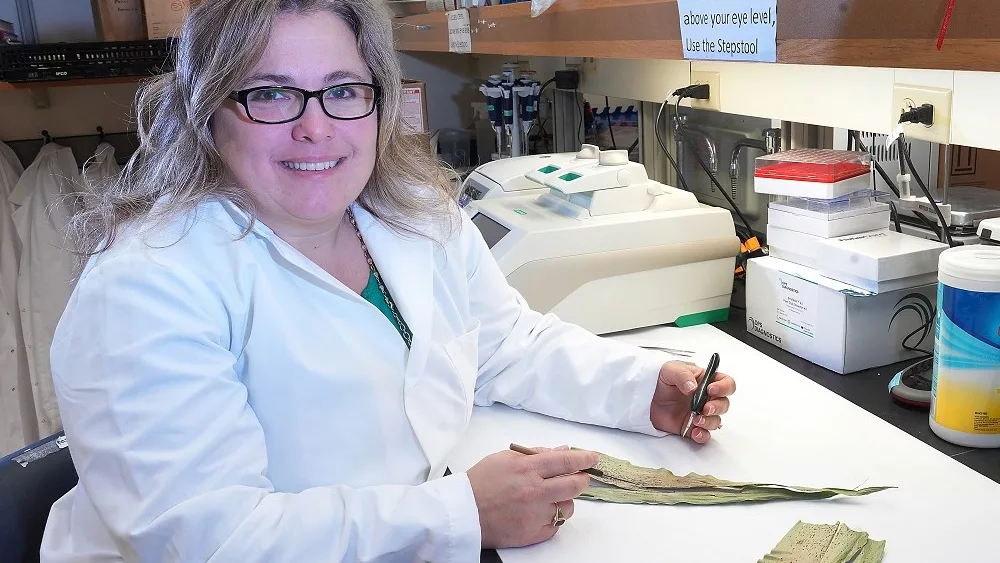
Michigan’s wheat crop has been struggling. As of Monday’s crop progress report, 43 percent is in good to excellent condition, 34 percent in fair, and 23 in poor to very poor.
Dennis Pennington, wheat specialist with Michigan State University Extension, says the most important thing farmers should be doing is walking their fields.
 “Things you want to be looking for is how well-tillered out it is—dig some plants, check out root development, and make notes of those,” he says. “As you’re walking, look for weed pressures or areas of the field that might have little pockets of weeds coming in to keep track of that information. As you make those notes, that can help you make decisions about nitrogen applications, timing of your herbicides to bring the crop out of dormancy and get it prepared to produce some high yields.”
“Things you want to be looking for is how well-tillered out it is—dig some plants, check out root development, and make notes of those,” he says. “As you’re walking, look for weed pressures or areas of the field that might have little pockets of weeds coming in to keep track of that information. As you make those notes, that can help you make decisions about nitrogen applications, timing of your herbicides to bring the crop out of dormancy and get it prepared to produce some high yields.”
With nitrogen prices still being strong, Pennington says wheat growers will need to be as efficient as possible. He says it’s tough to forecast how much rain Michigan will receive this spring, making it tough to prescribe N.
“Not knowing what the weather or rainfall is going to be is a bit of a challenge, but knowing what your crop development stage is at, how well it’s tillered out, and how good your development is, you may be able to delay your nitrogen application,” he says. “[It] actually saves and it’s a little bit lower risk as far as losing some nitrogen.”
It’s also not too early to be looking at weeds and potential weed pressure for this growing season.
“We have some weeds in some of our research trials that are coming in and we’re looking at, trying to find a window where we can make an application,” says Pennington. “We have our fusarium head blight nursery where we space plants [15 inches apart], and we have some weeds that come in there. Pay attention to those in the field and make sure you make timely applications of herbicide. You got to make sure it isn’t too cold just before or just after the application.”
Pennington’s key takeaway is to take stock of fields and pay attention to crop development. Both of those will be essential to get the most out of your nitrogen applications.





